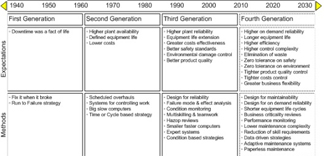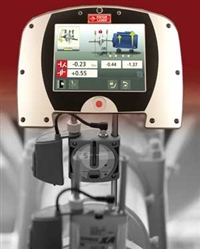Purpose This paper aims to analyze the relationship between religious differences (i.e. religious diversity and tolerance diversity), on the one hand, and dysfunctional intergroup conflicts, on the other. Design/methodology/approach A quantitative research design is used, through which the paper examines 47 public schools in India. Findings Religious diversity, that is, the distribution of heterogeneous religious affiliations in an organization, is unrelated to dysfunctional intergroup conflicts. By contrast, tolerance diversity, that is, the heterogeneity of organizational members' beliefs regarding the question of how strictly religious commandments should be followed, is positively related to dysfunctional conflicts. Research limitations/implications The results of this study are limited to public organizations in the Indian context. Practical implications Since religious diversity is not connected to intergroup conflicts, fostering religious diversity in organizations could render the societal norm unity in diversity more authentic and attractive. This in turn would enhance the ability of different religions to cooperate in Indian organizations. In contrast with religious diversity, the heterogeneity of religious tolerance is significantly related to intergroup conflicts; a possible remedy could be the use of a transformational leadership style. Originality/value This study is the first to investigate both religious diversity and tolerance diversity in their effects on the emergence of intergroup conflicts, that is, apparent emotional tensions between organizational subgroups.
More Editorial
Directory
This website is owned and operated by: MSL Media Limited
Co. Number: 05359182
© 2005 MSL Media Ltd. All rights reserved. E&OE

 The art of maintaining assets has been around for many years, whether it was the ancient farmer cleaning the weeds out of his field to get a better crop, or the hunter checking his bow and sharpening his arrows.
The art of maintaining assets has been around for many years, whether it was the ancient farmer cleaning the weeds out of his field to get a better crop, or the hunter checking his bow and sharpening his arrows.  Fixturlaser XA Pro – Redefines the Standard for Laser Based Shaft Alignment
Fixturlaser XA Pro – Redefines the Standard for Laser Based Shaft Alignment
.jpg) Quick facts;
Quick facts; 
